Types Of Pliers And How To Use Them
25th Oct 2025
A pair of pliers is one of the basic things that comes with every toolkit.
But at Maun, we know that a good pair of pliers is far from basic.
In fact, we’ve dedicated decades of craftsmanship, design, and expert manufacturing to proving that isn’t the case.
The question is: why bother? What’s the difference between a bog-standard tool and a parallel action plier? What are the different types of pliers? And what pliers are right for what job?
Well, in this blog, we’ll try to answer just that.
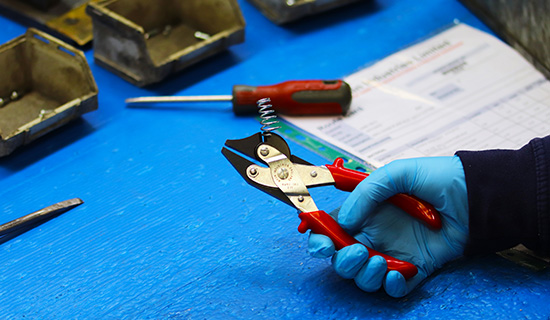
Quick List of Plier Types
Here's a summary of the main types of pliers:
- Parallel-action pliers
- Flat-nose pliers
- Smooth jaw pliers
- Combination pliers
- Jewellery pliers
- Insulated pliers
- Clamping pliers
- Cutting pliers
- Mini pliers
- Needle nose pliers
- Snipe nose pliers
- Round nose pliers
- Crimping pliers
- Specialist pliers
Below, we'll go into detail about each type.
What makes pliers different from each other?
The devil’s in the detail when it comes to pliers. The same but different, every pair has similar vital components but with varying designs and features, suitable for all sorts of specialties.
- Nose or jaws: The pincer end of pliers, this is the bit that differs most, including smooth, serrated, cutting, and even specialist variations.
- Fulcrum: Right where the jaws and handles connect is the pivot point of pliers. This intensifies force, giving a stronger grip.
- Compound box joint: Specific to parallel pliers, the compound box system replaces the fulcrum to give parallel plier jaws a clamping action instead of a scissor action.
- Cutters: Found near the fulcrum on standard pliers and the side of one jaw on parallel pliers, cutters slice through materials.
- Handles: Straight or curved, plier handles often have a plastic cover for a snugger grip. Bare metal is also available, which is preferred by many professionals. Pliers can also have insulated grips to protect from live electrical currents.
Types of Pliers
Parallel-action Pliers
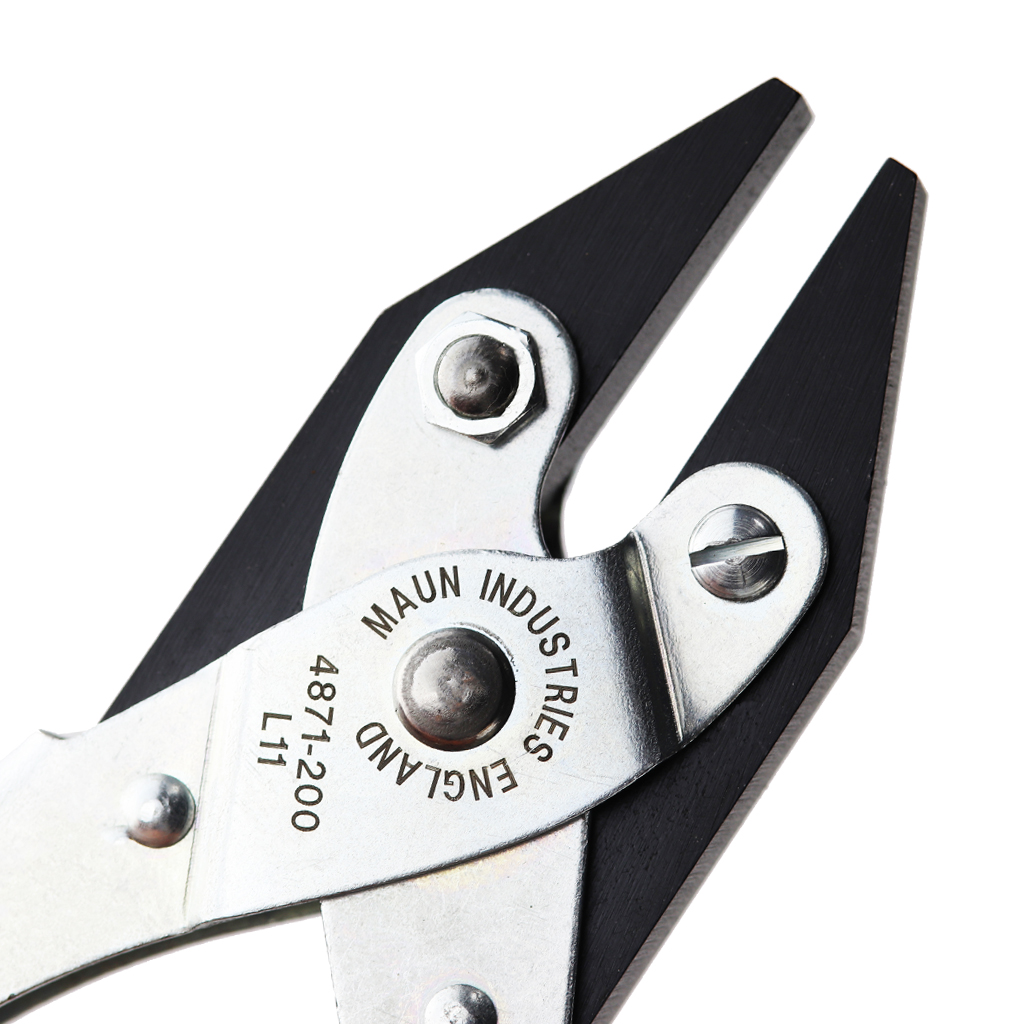
Unlike the scissor action of standard pliers, parallel pliers are made with a sophisticated compound box joint system.
This enables the jaws to move in parallel at all times. Allowing a strong, even grip along the whole length of the jaw – rather than just the tip or at a single point. If you’ve ever tried to hold onto something small or awkwardly shaped using poor-quality pliers, you’ll know how useful this feature is.
The parallel action also means that the ‘throat’ of the pliers is open. Leaving a gap through which you can feed materials like wire, in order to manipulate or straighten them.
Some parallel pliers also have sharpened blades along the side of one jaw, used for cutting things like wire and cables. Again, the compound box joint system is useful here, as it adds extra leverage and multiples your hand force – making cutting easier.
However, once you’ve chosen a parallel plier over a standard pair, there are still hundreds of options to choose from. Depending on what type of job you’re doing, the jaws, nose, handles, and size can vary dramatically. Each one specifically designed to get the job done right. Every time.
Flat Nose Pliers
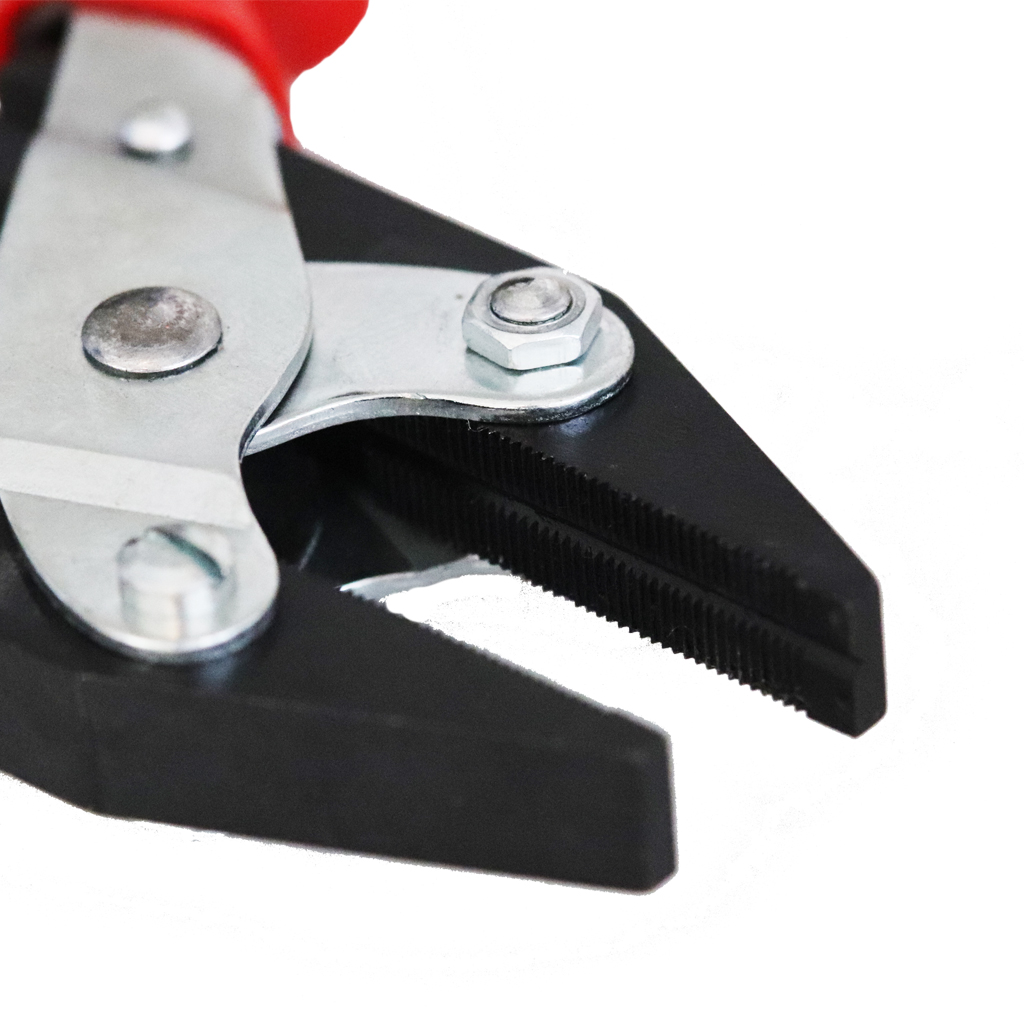
At Maun, our ‘original’ parallel plier is the flat nose parallel plier. A multi-purpose tool available in four different sizes, its serrated jaws add extra grip for holding and manipulating objects. It also has a ‘v slot’ running the entire length of one jaw, and an open throat, making it easy to grip, bend and straighten wire as needed.
Watch our Flat Nose Parallel Plier in action:
Smooth Jaw Pliers
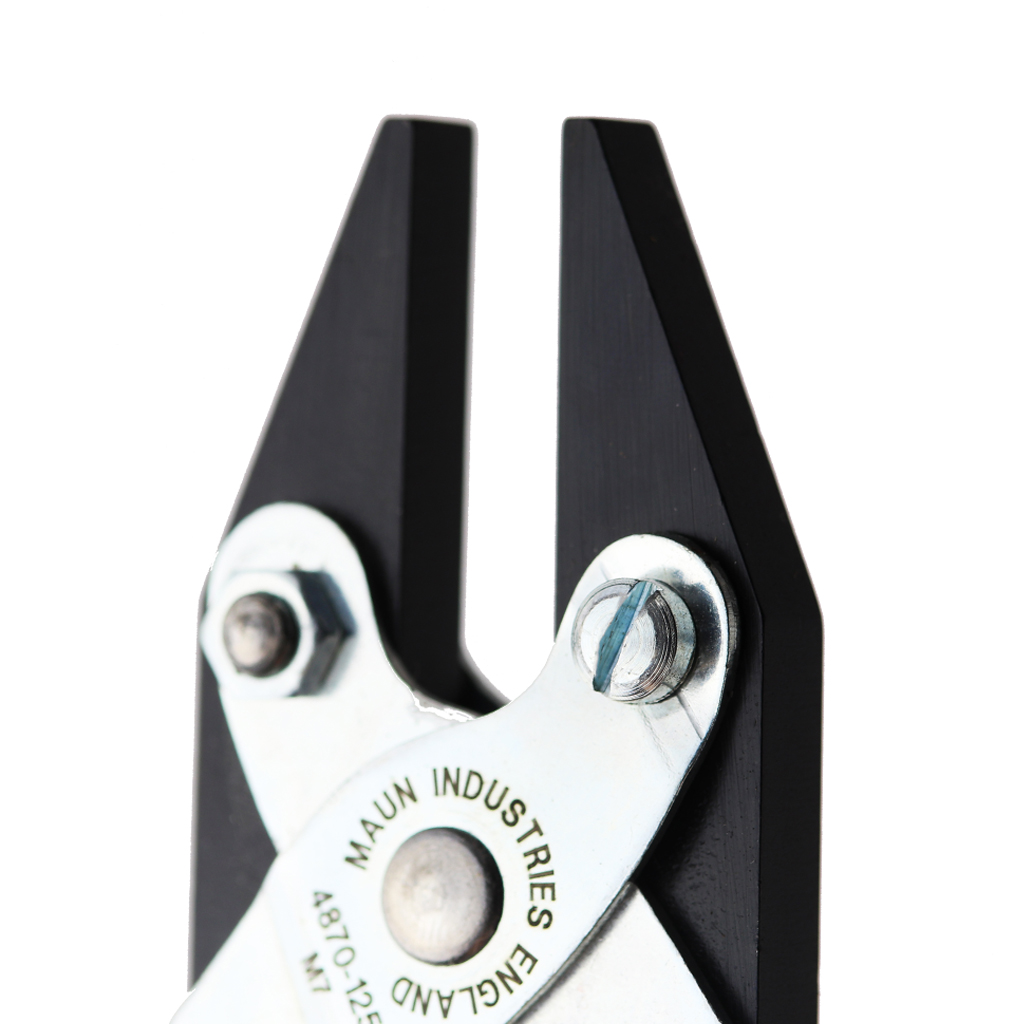
Then there’s the smooth jaws parallel plier. The smooth surface of the jaws helps to prevent marks and damage on delicate workpieces – making them a toolbox essential for jewellery makers and fine craft workers. They’ve even been spotted on BBC1’s The Repair Shop, as the favoured tools of expert craftspeople.
Watch our Smooth Jaws Parallel Plier in action:
Combination Pliers
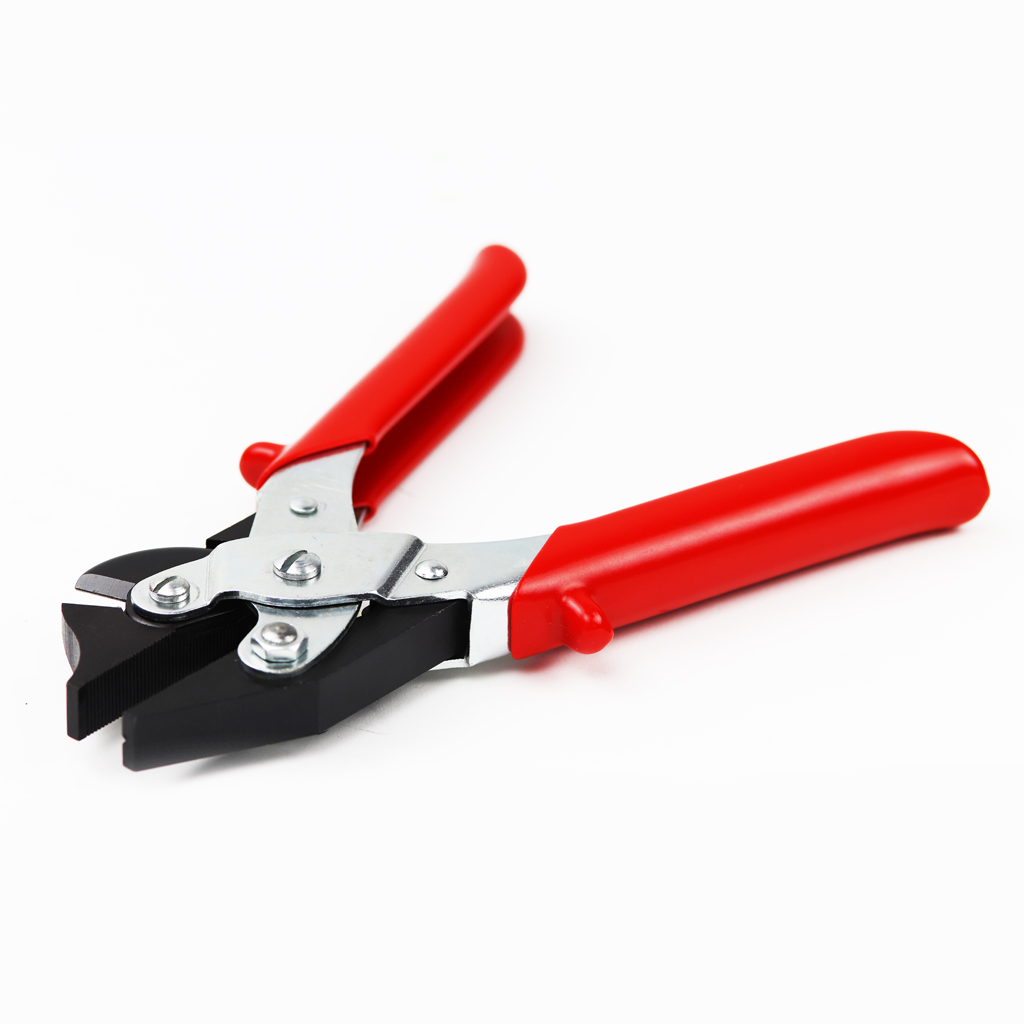
Combination pliers offer both gripping and cutting functions in one tool. In the Maun range, it's the side cutter parallel plier, or fencing plier. As well as doing everything the flat nose plier does, this innovative design features a high-leverage cutter on the side of the tool. This makes it useful in all sorts of applications. From farmers installing and maintaining electric fencing. To piano tuners cutting the toughest piano wire and furniture makers repeatedly cutting hard springs. To medics and dentists using the special autoclave-safe version to complete careful sterile work. We call it the combination plier: reinvented.
Jewellery Pliers
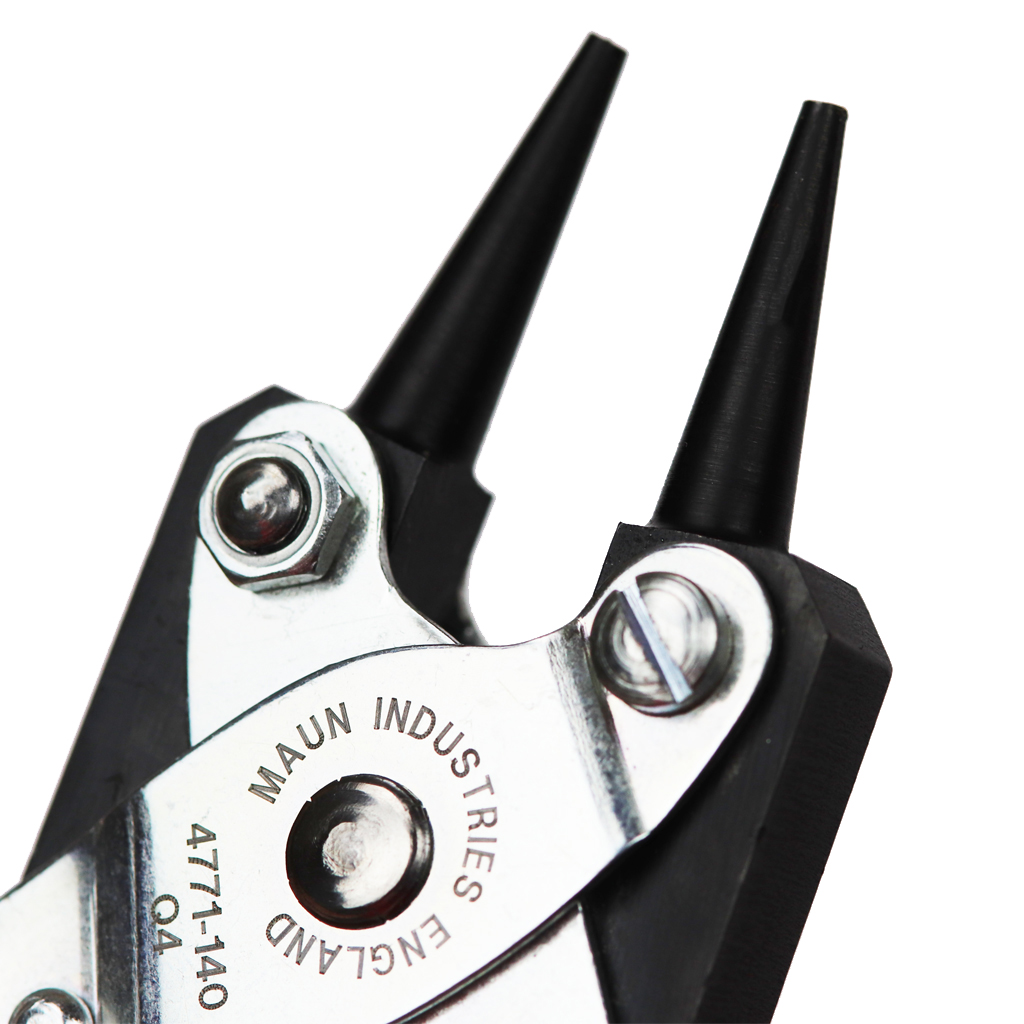
We also make pliers in a few different shapes, perfect for jewellery making and craft work. The 125 mm snipe nose parallel pliers have tapered jaws, useful for gripping small objects, working in confined spaces, or removing kinks in soft wire. Our round jaw parallel pliers are designed for bending and forming metal coils and loops. Meanwhile, our half round and flat jaw parallel plier multiplies hand force by five, making easy work of bending rings in jewellery making.
Insulated Pliers
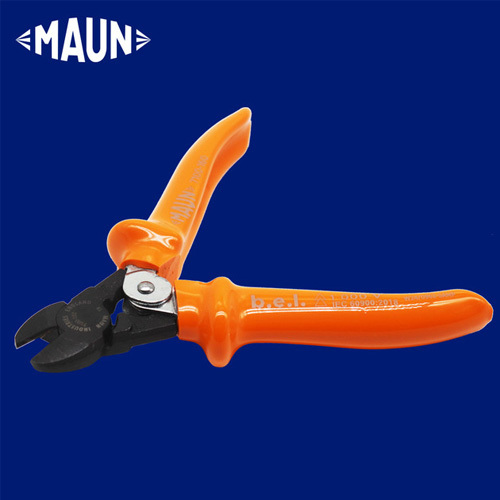
Insulated pliers let you work safely on live electrical systems, by adding a protective coating onto the handle. They should be protected up to 1000V AC to IEC 60900:2018 standards. Without them, you risk getting shocked when working on live or potentially live circuits.
Clamping Pliers
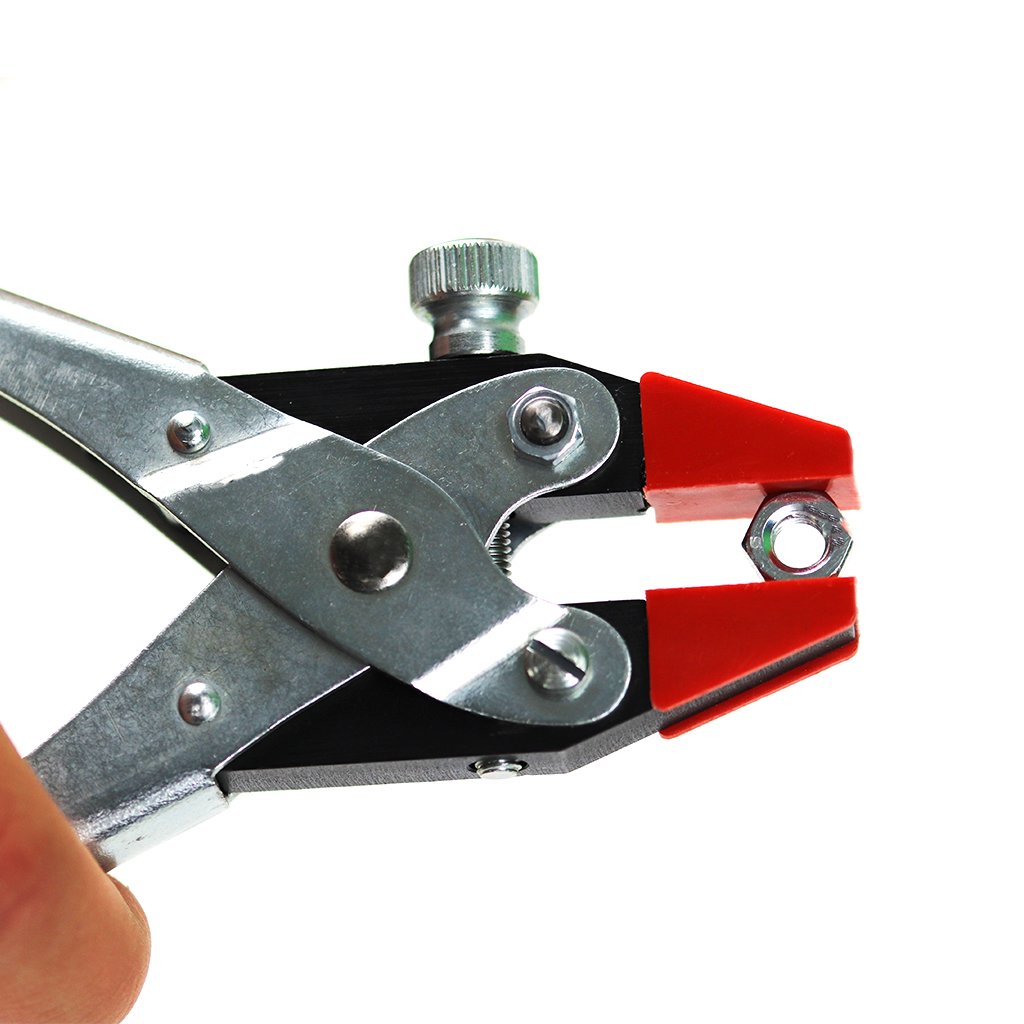
For extra grip while you work on your craft, you can try the clamping parallel plier. With plastic coverings on the jaws, it can securely hold soft metals and even wire without damage.
Cutting Pliers
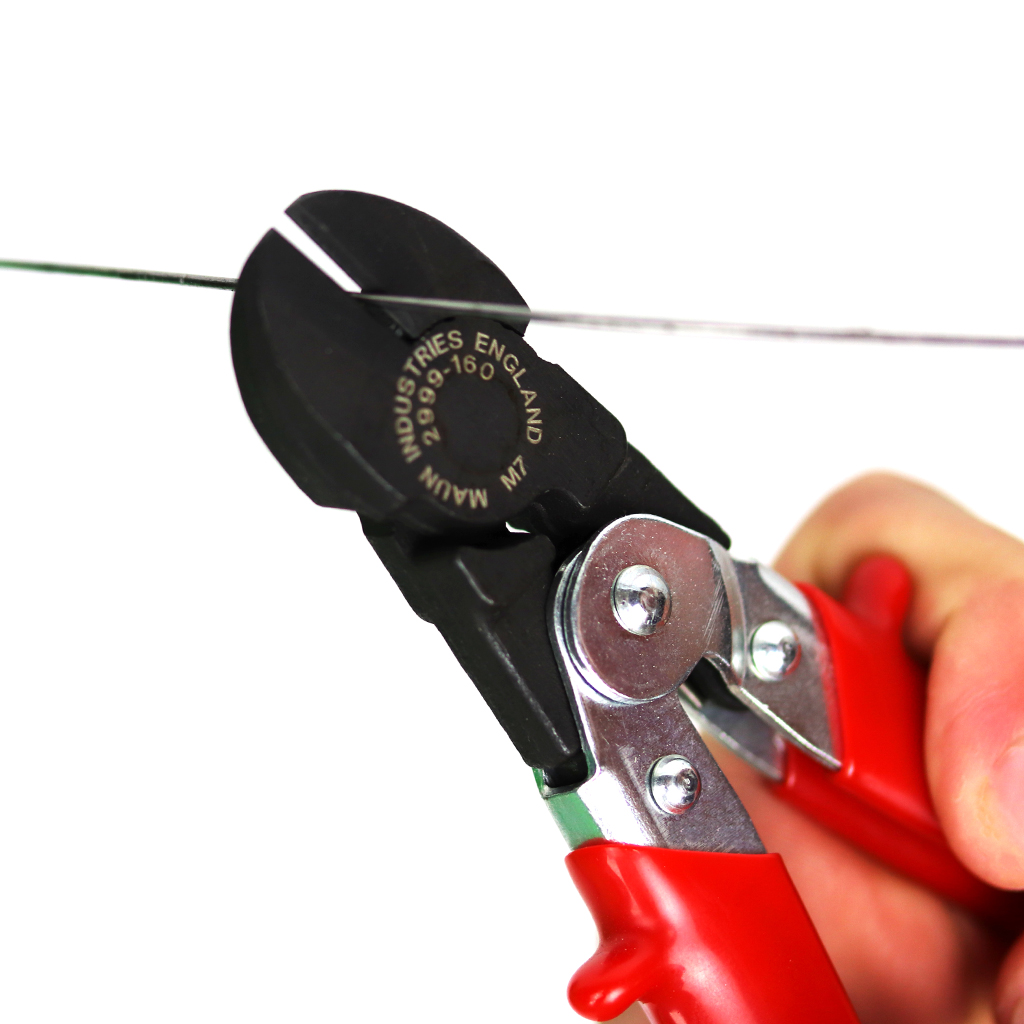
Cutting pliers are normal pliers with sharpened cutting edges, designed to help electricians and DIY'ers cut through a range of soft and hard wire. They include end cutting pliers which are useful for cutting wire repeatedly as well as removing old nails, as well as diagonal cutters (also known as side cutters) designed with 22x hand force multipliers and hardened jaws.
Mini Pliers
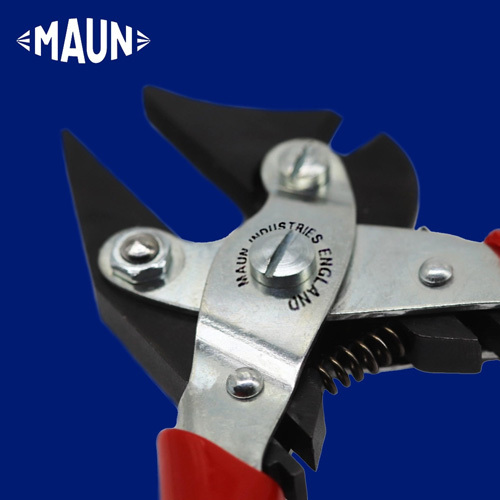
Mini pliers are the same as normal pliers, but are much smaller in size. They allow you to work in tight spaces and with fine components very accurately. They can have a small handle as well as smaller gripping jaws.
Needle nose, snipe nose and long nose pliers
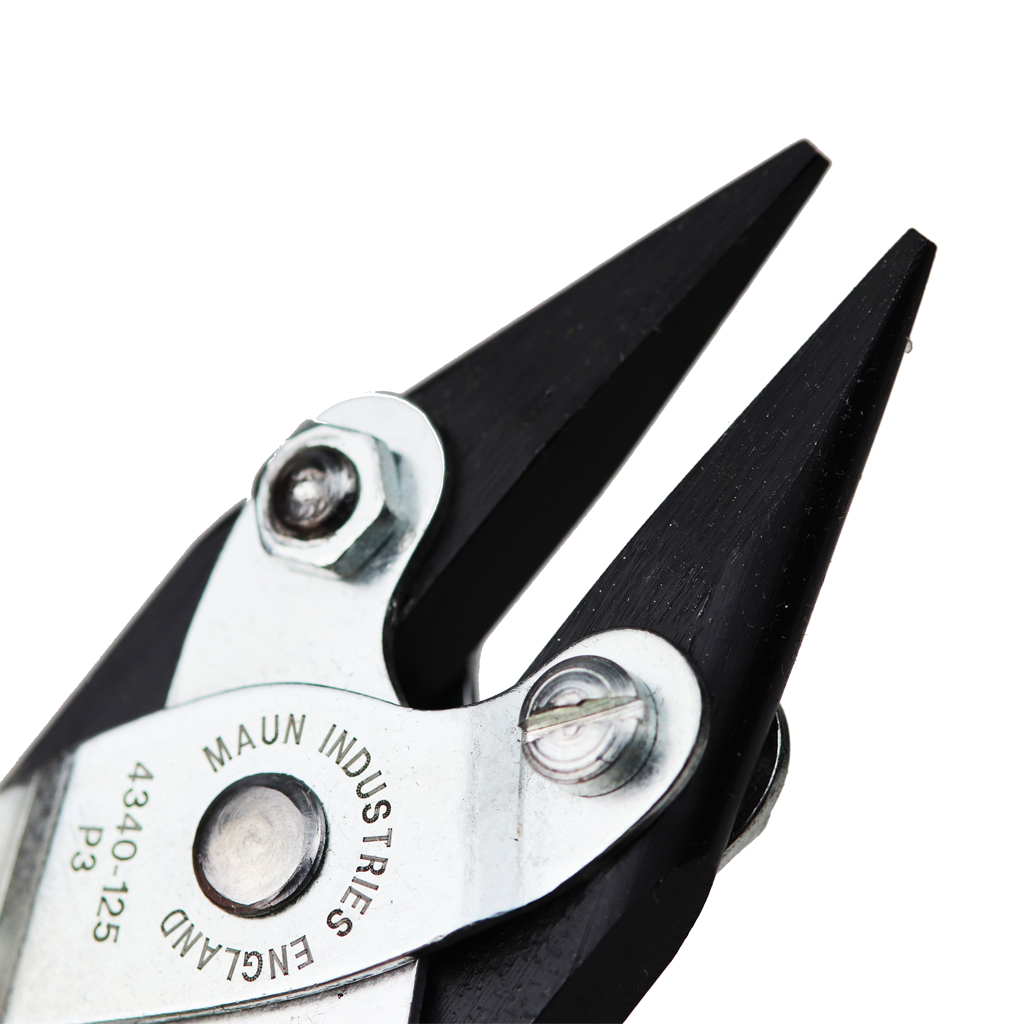
A nimble gizmo ideal for holding small components, these pliers have long, narrow jaws perfect for compact spaces and precise crafting. They help you work in tight spaces with precision, perfect for professional electric or mechanical work, as well as jewellery or crafting.
Shop our long nose pliers here, and our snipe nose pliers here.
Watch our Snipe Nose Pliers in action:
Round nose pliers

Typically designed with a parallel jaw for slicker loop making and wire-bending, these gadgets are great for craft work and jewellery making.
Shop Maun’s round nose pliers.
Crimping pliers

These gadgets are a professional’s toolkit essential. Ideal for attaching connectors to electrical cables and providing the most reliable gas-tight seals.
Shop Maun’s crimping tools.
Fencing Pliers
Fencing pliers deserve their own mention.
A true multi-tool for anyone working with wire, fencing pliers combine gripping and cutter functions in one robust design. Farmers, landscapers, and contractors use them to tension, cut, and repair fencing wire – all with a single tool.
In Maun’s world, the side cutter parallel plier takes this idea further. With added leverage and precision jaws, it handles fencing and wirework with unrivalled accuracy and ease.
Chain Nose Pliers
Chain nose pliers are a must-have for jewellers, crafters, and electronics enthusiasts alike.
They feature flat inner jaws with a rounded outer profile, tapering to a fine point. This shape makes them perfect for opening and closing jump rings, gripping small components, or bending wire in tight spaces.
Unlike round nose pliers, which form smooth loops, chain nose pliers provide extra grip and control - ideal for detail work where precision matters most.
End Cutting Pliers
Also known as end nippers, these pliers feature jaws that are perpendicular to the handles, allowing you to cut flush against a surface.
They’re perfect for trimming wire ends, pulling out nails, and cutting through protruding fasteners cleanly. Maun’s hardened parallel cutters achieve a similar result - delivering precise, repeatable cuts without damaging the surrounding material.
A simple but powerful tool for clean, controlled cuts.
See our end cutting pliers here
Specialist Pliers
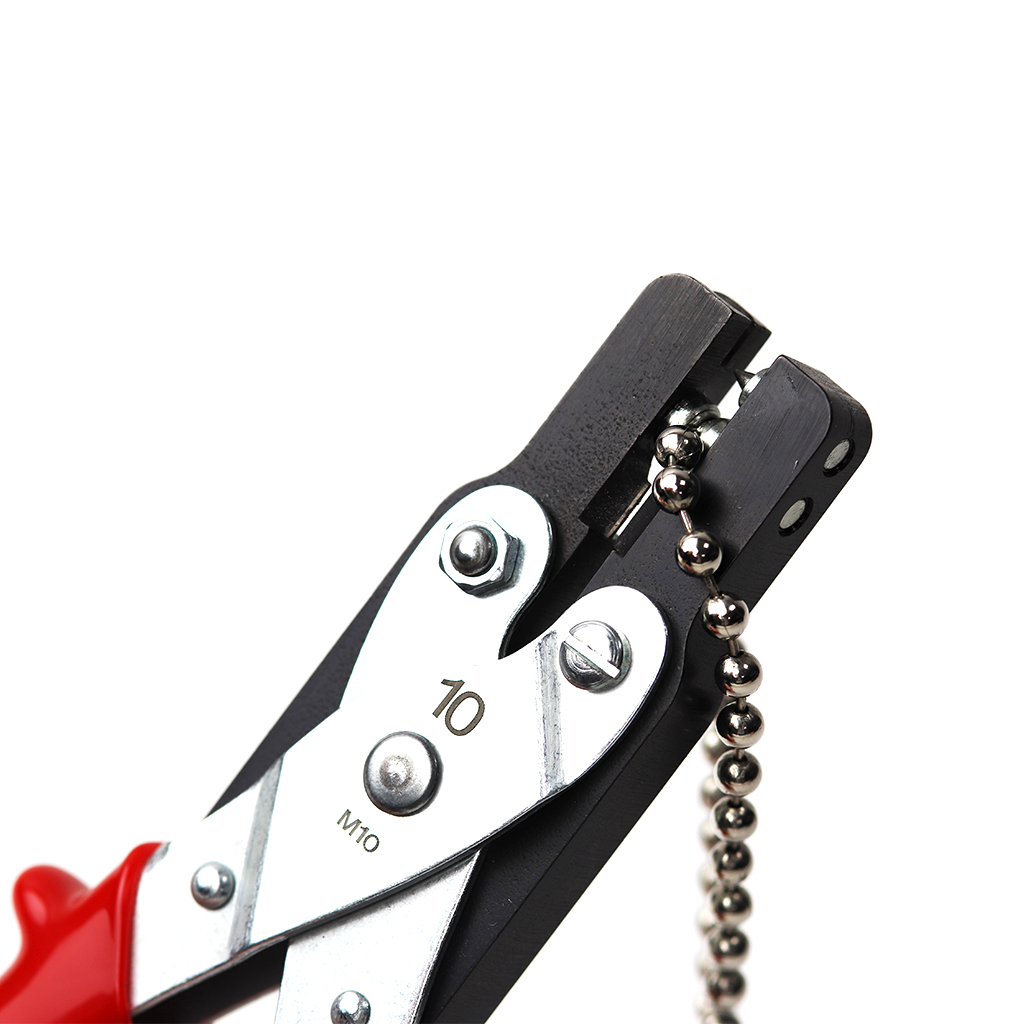
Finally, we have a range of speciality parallel pliers, custom-made for specific tasks. There’s the ball chain plier for window blind installers. The 3 mm-jawed thin jaws parallel plier, for extra-confined spaces. The twine gauge measuring pliers, used in the marine fishing industry to ensure compliance. And the customisable soft jaws parallel plier, which you can alter to your own specification. Our long nose pliers are also used in the automotive industry to repair car radiator fins.
Slip Joint Pliers
Slip joint pliers are one of the most recognisable tools in any general-purpose toolkit.
They feature an adjustable pivot point that allows the jaws to open wider, so they can grip objects of different sizes with ease. The serrated jaws provide reliable grip on bolts, nuts, and wires - making them ideal for quick, everyday maintenance jobs.
While they don’t offer the same precision or even clamping pressure as Maun’s parallel pliers, they’re a versatile staple for basic gripping tasks around the home or workshop.
Tongue-and-Groove Pliers
Sometimes called water pump pliers or channel locks, tongue-and-groove pliers are all about adaptability.
They use a sliding pivot that lets the jaws open to multiple widths, while the angled design provides excellent leverage. This makes them perfect for plumbers, electricians, and mechanics working with larger fittings, pipes, or irregularly shaped parts.
Unlike standard pliers, the jaws stay offset, giving the user room to manoeuvre without losing grip - a clever solution for heavy-duty jobs in tight spaces.
Locking Pliers
Locking pliers - also known as vise grips - are designed to hold on tight and stay that way.
They use a cam-lock mechanism to clamp onto an object and remain locked in place until released. That makes them invaluable for welding, automotive work, and any situation where you need both hands free once the pliers are secured.
While parallel pliers achieve consistent pressure across the jaws, locking pliers excel at maintaining a fixed grip under high tension. Different approach, same Maun-level reliability.
Linesman’s Pliers
A go-to for electricians everywhere, linesman’s pliers combine gripping and cutting power in a single robust design.
Their broad, flat jaws are perfect for twisting and pulling wire, while the integrated cutters handle tough cable and nails with ease. Some versions even include crimping sections for added versatility.
They’re not parallel pliers, but they share a similar goal: dependable, high-leverage performance for professionals who need precision and strength in equal measure.
Bent Nose Pliers
When straight isn’t an option, bent nose pliers are the answer.
Featuring long, tapered jaws set at an angle - usually 45° or 90° - these pliers let you reach into awkward spaces where standard or needle nose pliers can’t. They’re popular among jewellers, model makers, and electronics technicians for their precision and control.
Think of them as the snipe nose plier’s flexible cousin: delicate, dependable, and designed for detail.
Hose Clamp and Snap Ring Pliers
Specialised tools for specific mechanical tasks, hose clamp and snap ring pliers are built for precision in automotive and engineering work.
Snap ring pliers feature small, pointed tips that fit into the holes of retaining rings, allowing you to expand or compress them for installation or removal. Hose clamp pliers, on the other hand, grip and release spring-type hose clamps quickly and safely.
They’re essential for mechanics and engineers who deal with fasteners that need finesse - not force.
Split Ring Pliers
If you’ve ever struggled to open a keyring with your fingernails, you’ll understand the genius of split ring pliers.
These compact tools feature a small tooth on one jaw that slips between the coils of a split ring, prying it open effortlessly. From jewellers to anglers, they’re indispensable for attaching small components securely and efficiently.
Shape, size and surface: how to choose the right pliers for the job
With so many options on the market, deciding what tools you need can feel overwhelming.
But for us, it mostly comes down to shape, size, and surface.
For instance, those doing jobs in small spaces may select a tapered, snipe-nosed shape, for greater precision.
Utility workers and tradespeople may choose a larger tool to ensure greater leverage for heavy-duty tasks.
Meanwhile, jewellers might want to select jaws with a smooth, soft plastic surface, to avoid marking or damaging soft materials like gold, silver or coloured wire.
Finally, there are a few extras that can make Maun’s parallel action pliers a delight to use for professionals and DIY-ers alike, from the rust-proof finish as standard, to the optional comfort grips and long-lasting return spring. These aren’t just the right tools for the job. These are tools to last a lifetime.
And that’s the Maun difference.
SHOP THE FULL RANGE OF PLIERS AND TOOLS HERE
So, what pliers can I get from Maun?
In short, there’s loads. Have a scroll below to see the top 5 Maun pliers your toolkit should include. Or shop our full range here.
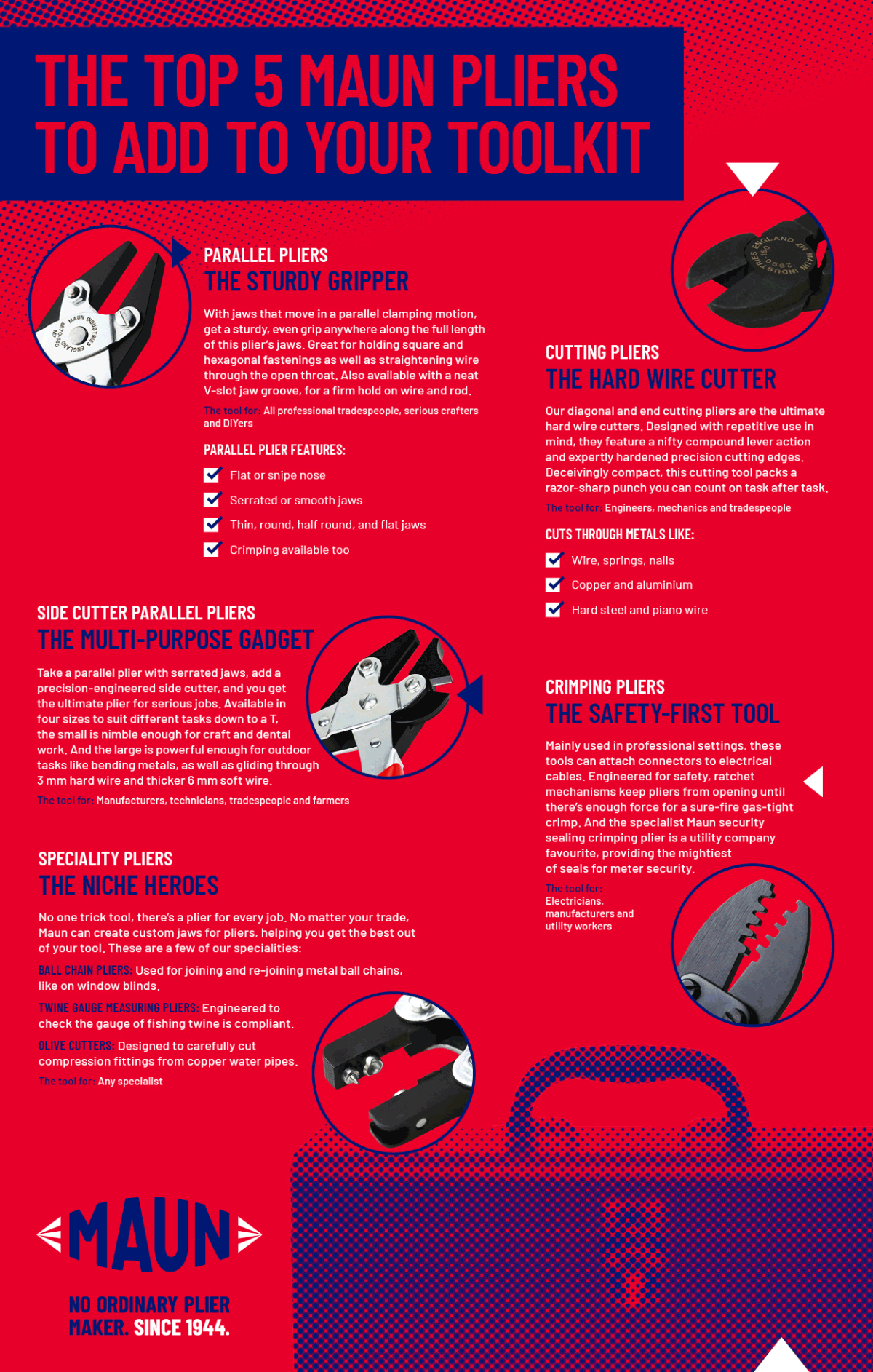
Browse Related Blog Posts:
- What is a straight edge tool?
- What is a wad punch tool?
- How to cut hard wire?
- How to cut laminate flooring?
- How to use pliers?
- Jewellery making tools for beginners
- What are fencing pliers and how are they used?
- What are the best Combination Pliers?
- What are the best Wire Cutters?
- What is a crimping tool and how are they used?

